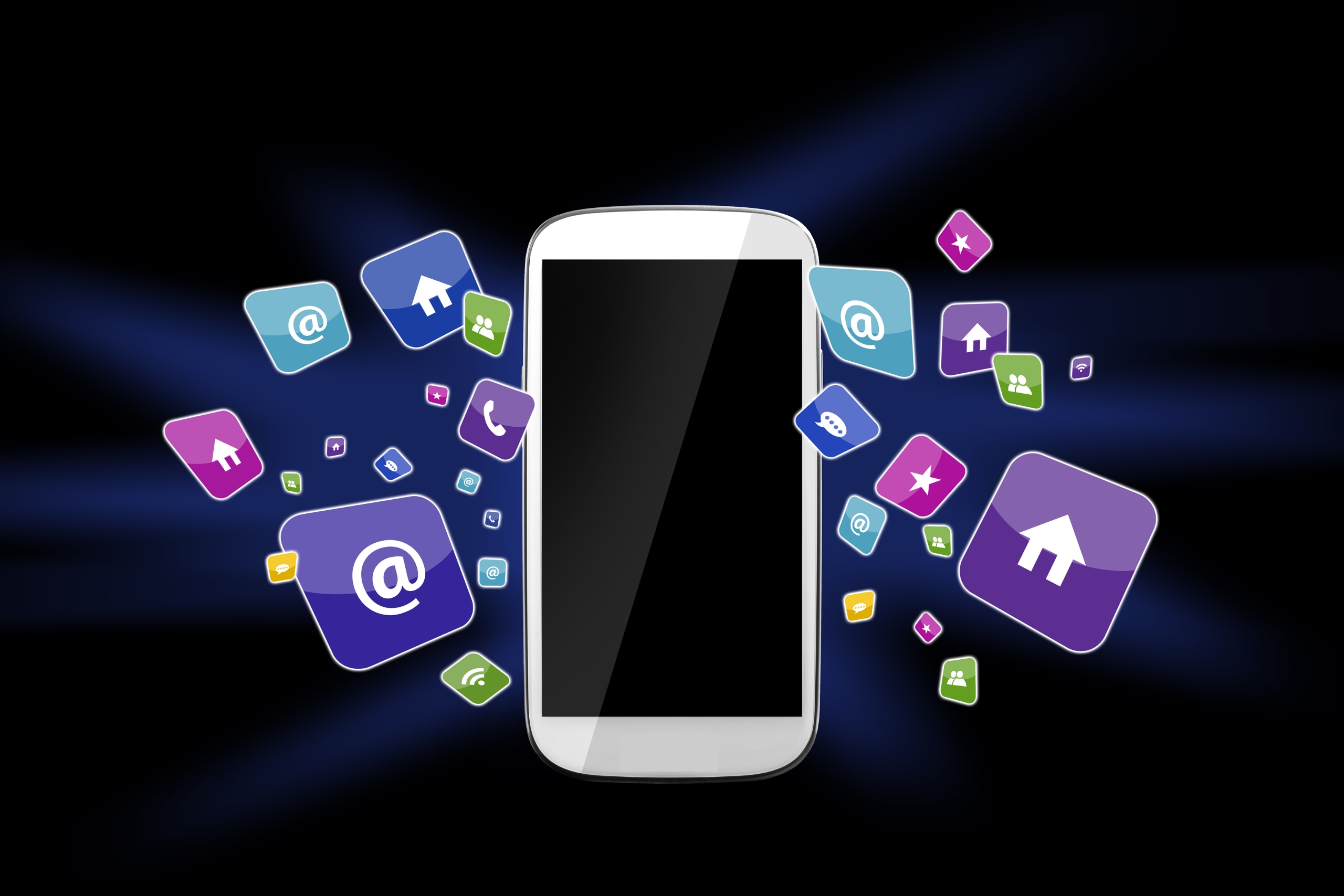
In a world overflowing with digital tools, the average person now relies on dozens of apps to manage everything from fitness to finance. Yet, despite the convenience, many users only scratch the surface of what these apps can do. That’s where app guides step in — simple, insightful companions that turn everyday users into confident digital navigators. More than just tutorials, they’re the keys to understanding the real potential behind the icons on your screen. Whether it’s mastering productivity platforms, exploring new editing tools, or discovering hidden shortcuts, app guides have become the modern roadmap to smarter living.
The Role of App Guides in a Fast-Changing Digital World
Technology evolves faster than most users can keep up with. New apps launch every week, and old ones update constantly — adding fresh features, changing layouts, and improving performance. Without guidance, it’s easy to get lost in the sea of updates and interfaces. That’s where app guides prove their worth.
These guides do more than explain functions; they simplify the learning curve. They teach people how to adapt quickly, save time, and use tools with purpose. For instance, an updated app might introduce automation features or integration with AI, but users often miss them without a proper guide. That means lost efficiency — and lost opportunities to make technology truly work for them.
App guides also help users compare similar tools. With so many productivity, messaging, and design apps available, finding the right one can feel overwhelming. A detailed guide provides clarity, outlining strengths, weaknesses, and real-world use cases. For professionals and students alike, this saves time and prevents frustration — because the best app isn’t always the most popular one, but the one that fits perfectly into your routine.
Learning Through Simplicity and Discovery
The most effective app guides aren’t written like instruction manuals; they’re written like conversations. They focus on simplicity — explaining complex functions in relatable, human language. Instead of listing features, they show users how to apply them in daily life.
Take note-taking apps, for example. A great guide doesn’t just describe how to create folders and checklists. It shows how to organize a week’s worth of work, sync notes across devices, and collaborate with teams. It transforms a tool into a habit.
The same goes for creative apps. Guides reveal tricks hidden behind menus — shortcuts for faster editing, advanced color grading techniques, or AI tools that automate routine tasks. Suddenly, what used to take hours can be done in minutes.
This hands-on approach is what separates a great guide from a generic one. It encourages exploration. It invites users to play, experiment, and master their tools. In doing so, app guides turn technology from something intimidating into something empowering.
The Broader Impact: Accessibility and Digital Inclusion
Beyond convenience, app guides play a vital role in digital inclusion. Not everyone grew up with smartphones or technology at their fingertips. For many older adults or beginners, app guides offer a way into the digital world — making it less daunting and more welcoming.
They explain things step by step: how to install, sign up, and navigate apps safely. They teach users how to make video calls, manage online banking, or connect with family through social platforms. The simplicity of these guides helps close the gap between generations, ensuring no one gets left behind in a connected world.
For professionals, app guides also promote inclusivity at work. Remote collaboration tools, digital whiteboards, and project management software can be confusing at first. But with clear guidance, teams adapt faster and communicate better — especially when working across different time zones and cultures.
Even accessibility-focused apps — those designed for people with disabilities — benefit from thoughtful guides. They help users understand how to use screen readers, voice controls, and adaptive technologies that enhance independence.
From Static Manuals to Smart, Interactive Learning
The future of app guides is dynamic. Gone are the days of static PDF manuals and one-size-fits-all tutorials. Today’s guides are becoming interactive, multimedia-driven, and personalized.
Developers are now embedding tutorials directly within their apps — quick tips, guided pop-ups, and onboarding walkthroughs that adapt based on what users do. Video tutorials, animations, and community-driven FAQs also make learning more engaging than ever before.
Artificial intelligence is taking this even further. Imagine opening a new app, and instead of reading a manual, an AI assistant explains everything in real time, answering questions as you explore. That’s not science fiction — it’s already happening in many platforms. This kind of responsive guidance ensures that users learn naturally, through action and feedback.
Community-driven learning is another evolution. Online spaces like Reddit, YouTube, and specialized forums now serve as living app guides — filled with shared experiences, hacks, and discoveries from real users. This democratization of knowledge has turned technology education into a global conversation.
Conclusion
In today’s app-driven world, app guides are more than just helpers — they’re enablers of progress. They make digital life accessible, efficient, and exciting, guiding users through tools that once seemed too complex to handle. Every tap, swipe, and update becomes easier when you know how it works. And as technology keeps evolving, app guides will continue to evolve with it — more interactive, more human, and more essential than ever. In the end, these guides remind us that mastering technology isn’t about knowing everything — it’s about having the right direction to explore confidently, one app at a time.






